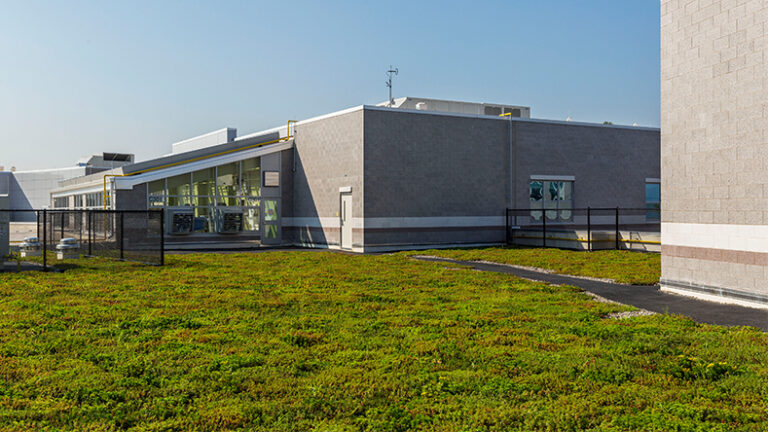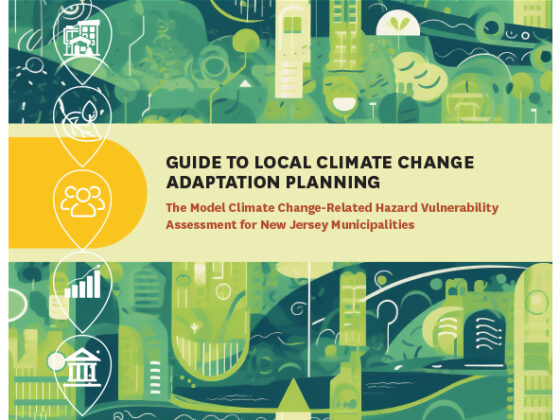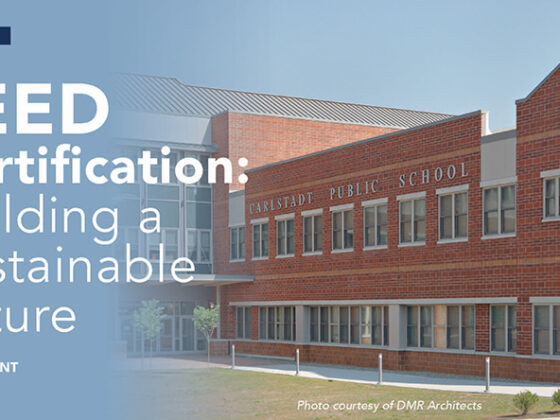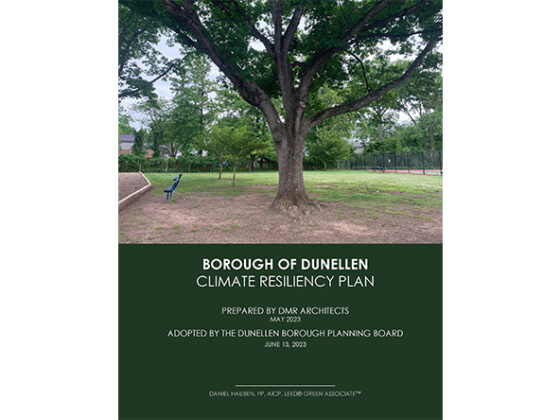Today is Earth Day, a yearly reminder of the importance of sustainability and our environmental impacts.
When it comes to architecture and planning, working with a firm that champions sustainability may be the key to funding, resiliency, cost savings, superior interior spaces and more.
At DMR, we have been a sustainable champion since the early 2000s. What began 20 years ago is more active than ever, as both architectural and planning clients turn to DMR to provide a wide range of sustainable services.
 1. Biophilic Design
1. Biophilic Design
Biophilic design, which seeks to connect building design to nature, provides aesthetic, emotional and environmental benefits. At 15 branches of Blue Foundry Bank, DMR’s design called for moss art, which provides the same benefit as plants, but requires no care, water usage or replacement. And for a residential project in Fort Lee, despite its location in an urban environment, the design connected to nature through a window wall.
 2. Community Energy Planning
2. Community Energy Planning
DMR-developed community energy plans have been adopted in four New Jersey municipalities, including in Prospect Park, which was the first plan to be adopted under the New Jersey Board of Public Utilities and Sustainable Jersey Clean Energy Grant Program.
State-level grants, tax credits from the Federal Inflation Reduction Act, and incentives through utility companies remain available, making it the ideal time for municipalities to address energy conservation through a Community Energy Plan.
 3. Climate Resiliency Planning
3. Climate Resiliency Planning
DMR wrote what is believed to be the first stand-alone Climate Resiliency Plan following Governor Murphy’s 2021 amendment to the Municipal Land Use Law. Similar assessments – which address municipalities’ susceptibility to flooding and other global warming hazards – are now required as part of municipalities’ already existing obligation to update their master plan every 10 years.
 4. Energy Savings Improvement Plans
4. Energy Savings Improvement Plans
Projects through the Energy Savings Improvement Program (ESIP) are ongoing in three preK-12 districts. A cumulative total of projects valued at $45 million are estimated to result in a total reduction in CO2 emissions by 20 million pounds annually. Through the ESIP program, energy-related projects, such as HVAC upgrades and solar panels, are funded using the value of the energy savings that result from the projects, so school boards do not have to utilize capital reserves or taxpayer dollars.
 5. Sustainable Buildings & LEED Certification
5. Sustainable Buildings & LEED Certification
Since 2003, when DMR pitched the vision for what would become the first LEED Silver public school in New Jersey, seven buildings have received LEED Certification, a celebrated symbol of high-performing and sustainable infrastructure. But DMR’s commitment to sustainability is not limited to only LEED certified projects. The use of sustainable building components is implemented as a standard, regardless of a client’s desire to seek certification.





